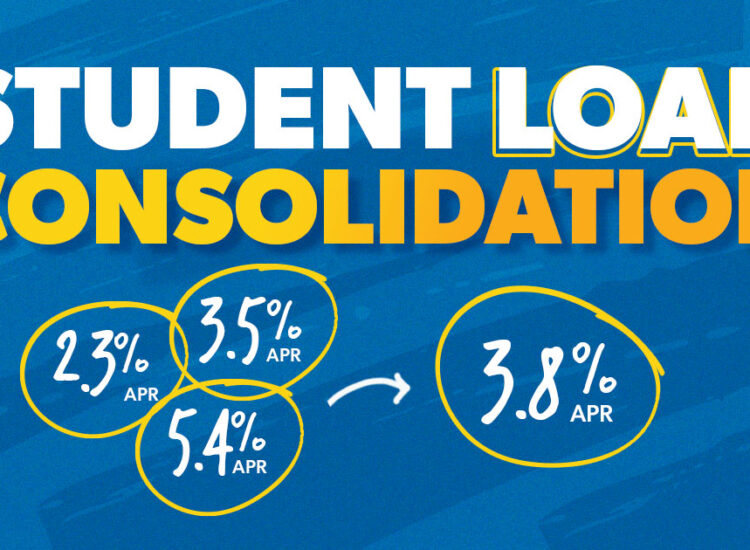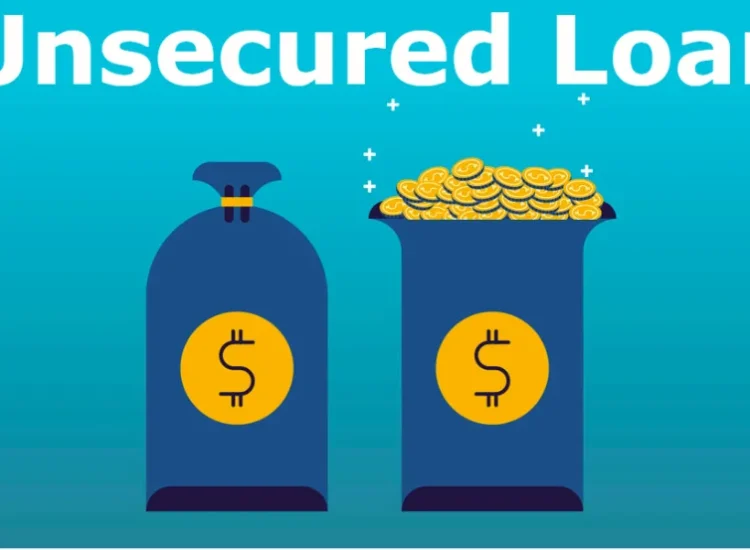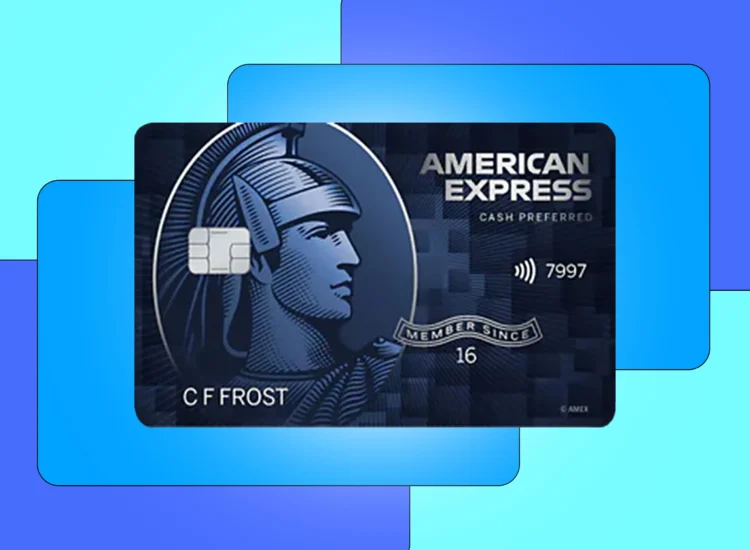Online courses for college credit offer high school students a strategic pathway to jumpstart their higher education journey. These innovative learning options provide an opportunity to earn college credits affordably, flexibly, and efficiently before stepping onto a college campus. This comprehensive guide explores the multifaceted world of online college credit courses, helping students navigate their academic preparation with confidence and insight.
Toc
- 1. Affordable Options for College Credit
- 2. The Flexibility of Self-Paced Learning
- 3. Accelerated Course Options for High Achievers
- 4. Related articles 01:
- 5. The Rise of Microcredentials
- 6. Building a Competitive College Application
- 7. Related articles 02:
- 8. Addressing Online Learning Concerns
- 9. Conclusion
Affordable Options for College Credit

One of the main benefits of online courses for college credit is their affordability. Compared to traditional on-campus classes, these online options are often significantly cheaper. This is because they eliminate expenses such as room and board, commuting costs, and campus fees. In addition, many colleges and universities offer discounted rates or scholarships specifically for high school students taking online courses.
By taking advantage of these affordable options, high school students can save thousands of dollars in tuition fees while still gaining valuable college credits. This can be particularly beneficial for families with limited financial resources as it opens up opportunities for higher education that may have previously been out of reach.
Free and Low-Cost Online Courses
Budget-conscious students now have unprecedented access to affordable online college credit options. Platforms like Sophia, Study.com, and StraighterLine offer courses at minimal costs, enabling students to earn college-level credits without significant financial burden.
Income Share Agreements: A Modern Financing Solution
The emergence of Income Share Agreements (ISAs) represents a revolutionary financing model for online education. Under ISAs, students receive upfront course funding in exchange for a percentage of their future earnings. Unlike traditional loans, ISAs offer:
- No upfront tuition costs
- Payments tied to income after graduation
- Built-in risk mitigation for students
- Alignment of educational investment with career potential
However, students must carefully review ISA terms, understanding potential long-term financial implications and comparing them with traditional financing methods.
Accredited Online Courses
Accreditation serves as a critical quality benchmark for online college credit courses. Students should prioritize programs recognized by respected educational institutions to ensure credit transferability and academic credibility.
Understanding Accreditation Types
Two primary accreditation categories significantly impact credit recognition:
- Regional Accreditation
-
- Considered more prestigious
- Credits more likely to transfer between institutions
- Typically awarded to traditional non-profit colleges
- Examples: Higher Learning Commission, Middle States Association
- National Accreditation
-
- Often associated with vocational or for-profit institutions
- May have more limited credit transferability
- Frequently used by specialized training programs
- Examples: Distance Education Accrediting Commission
When selecting online courses, students should verify accreditation status with their intended college’s admissions office to guarantee seamless credit transfer.
The Flexibility of Self-Paced Learning
Self-paced online courses offer an excellent solution for high school students juggling multiple responsibilities, such as academics, extracurricular activities, part-time jobs, or personal commitments. These courses empower learners by giving them the freedom to tailor their educational experience, adjusting to their unique schedules, learning speeds, and preferences. This flexibility allows students to stay in control of their learning journey while balancing other priorities.

Despite the many advantages, self-paced learning comes with its own set of challenges, primarily requiring students to cultivate strong self-discipline and motivation. Without the structure of a traditional classroom, it can be easy to fall behind or lose focus. To succeed, students need to develop effective time management strategies, which may include:
- Creating and adhering to structured daily or weekly study schedules to maintain consistent progress.
- Setting up dedicated, distraction-free learning environments that foster focus and productivity.
- Establishing clear, measurable goals to track progress and maintain motivation throughout the course.
- Utilizing productivity tracking tools or apps to monitor time spent on tasks and improve efficiency.
- Regularly evaluating and adjusting learning approaches based on what works best for their individual needs.
By adopting these strategies, students can overcome the challenges of independent learning and make the most of their self-paced courses.
Recommended Self-Paced Platforms
There are numerous platforms that offer high-quality self-paced online courses, making it easier for students to find resources suited to their interests and academic goals. Some of the most popular platforms include:
- Coursera: Known for its wide selection of university-level courses, covering topics from data science to creative writing.
- edX: Features courses from top institutions, with options to earn certificates or even degrees online.
- Udemy: Offers a diverse range of courses, from technical skills like coding to personal development topics like time management.
- Khan Academy: A free platform providing educational resources for students at all levels, particularly in subjects like math, science, and history.
Each platform provides distinct advantages, allowing learners to explore topics that interest them, upskill for future careers, or gain a competitive edge in their academic pursuits. With the right tools and strategies, self-paced courses can become a powerful way for students to achieve their educational goals while maintaining balance in their lives.
Accelerated Course Options for High Achievers
High-achieving high school students may benefit from acceleration options to earn college credit more quickly. These programs enable students to complete courses at an accelerated pace, shortening the overall timeline towards degree completion.
1. https://sachico101.com/mmoga-liberty-university-online-degrees-your-path-to-career-advancement/
2. https://sachico101.com/mmoga-your-path-to-educational-leadership-an-online-education-masters/
3. https://sachico101.com/mmoga-your-guide-to-colleges-with-online-degrees/
5. https://sachico101.com/mmoga-online-degrees-interior-design-a-pathway-to-a-creative-career/

Dual Enrollment Programs
Dual enrollment programs allow high school students to enroll in community college or university courses while still in high school. This option offers a cost-effective and time-efficient way to earn college credits and get a head start on their higher education journey.
Leveraging Advanced Placement (AP) and International Baccalaureate (IB) Programs
Advanced Placement (AP) and International Baccalaureate (IB) programs are well-established pathways for ambitious high school students to earn college credits. These rigorous programs challenge students academically while providing significant advantages for their future education.
Advanced Placement (AP)
Administered by the College Board, AP courses allow students to tackle college-level material in high school. Success on the AP exams, typically scored on a scale of 1 to 5, can translate into college credit or advanced placement at many universities. It’s a high-impact way to save on tuition and demonstrate academic readiness.
Key Benefits of AP Courses
- Broad course selection across various subjects like STEM, humanities, and arts
- Recognition by many colleges in the U.S. and globally
- Opportunity to boost high school GPA through weighted grading in some schools
Pro Tips for AP Success
- Begin with subjects aligned to personal strengths and interests
- Invest time in reviewing past exam questions and utilizing authorized AP resources
- Take advantage of supplemental learning tools like AP Classroom and study guides
International Baccalaureate (IB) Program
The IB program offers a globally recognized diploma that emphasizes critical thinking, research, and global citizenship. The IB Diploma Program (DP) includes Standard Level (SL) and Higher Level (HL) coursework, where students can earn college credits based on their exam performance, typically graded on a 1 to 7 scale.
Key Benefits of IB Programs
- Holistic curriculum fostering intellectual and personal growth
- Recognition by universities worldwide, particularly for HL courses
- Inclusion of extended essays and Theory of Knowledge (TOK), which build essential college skills
Pro Tips for Balancing IB Demands
- Start with a realistic course load, mixing SL and HL subjects strategically
- Stay consistent with internal deadlines for essays and projects
- Seek guidance early from mentors for the extended essay and TOK
Both AP and IB programs add significant weight to college applications, showcasing academic rigor and commitment, but careful planning is essential to balance the workload with other commitments.
Online Test Prep Resources for AP and IB Exams
To succeed in AP and IB exams, relying on focused online resources can make all the difference. Platforms like Albert.io, Khan Academy, and Quizlet provide targeted practice questions, flashcards, and explanatory content, helping students refine their skills and knowledge efficiently.
The Rise of Microcredentials
The digital education landscape increasingly features microcredentials—compact, skill-focused certifications that complement traditional college credits. These compact credentials offer:

Targeted skill development
Microcredentials give students the chance to gain specific, in-demand skills that go beyond traditional academic learning. These targeted competencies are designed to meet industry needs and can serve as valuable additions to college degrees, making students more competitive in the job market. Whether it’s learning digital marketing, coding, or project management, microcredentials help bridge the gap between education and the skills employers are actively seeking.
Cost-effective learning
Microcredentials are typically shorter and more affordable than full-length college courses or degree programs, making them an attractive option for learners on a budget. This cost-effectiveness allows students to explore a wide variety of subjects without the financial or time commitment of traditional education pathways. For those unsure about their career direction or looking to enhance their current skill set, microcredentials are a low-risk, high-reward investment in their future.
Rapid skill acquisition
Since microcredentials focus on fewer learning objectives compared to traditional courses, they enable students to quickly acquire the knowledge and skills they need for specific tasks or industries. This efficient approach particularly appeals to high school students and working professionals who have limited time but want to diversify their qualifications. Whether it’s earning a credential in data analysis or learning graphic design, microcredentials offer a practical way to upskill rapidly and effectively.
Building a Competitive College Application
Successfully completing online courses can be a valuable addition to your college applications, showcasing skills and qualities that admissions officers value. It demonstrates your:
1. https://sachico101.com/mmoga-liberty-university-online-degrees-your-path-to-career-advancement/
2. https://sachico101.com/mmoga-online-degrees-interior-design-a-pathway-to-a-creative-career/
4. https://sachico101.com/mmoga-your-guide-to-colleges-with-online-degrees/
5. https://sachico101.com/mmoga-your-path-to-educational-leadership-an-online-education-masters/
- Academic initiative: A willingness to go beyond traditional coursework to learn and grow.
- Self-motivation: The drive to pursue knowledge independently, even without constant supervision.
- Time management skills: Balancing online courses with other responsibilities shows you can prioritize effectively.
- Proactive learning approach: Actively seeking opportunities to expand your education highlights your commitment to personal and academic growth.
In addition to online courses, both AP (Advanced Placement) programs and dual enrollment are excellent ways to prepare for college while potentially earning college credit. However, they differ in significant ways:
AP Credits
- AP courses are standardized and include national exams at the end of the academic year.
- The exams are subject-specific, allowing students to showcase their strengths in particular areas of study.
- AP courses are typically free with school enrollment, though exam fees may apply.
- These credits are widely recognized by universities, making them a popular choice for students aiming for competitive colleges.
Dual Enrollment
- Dual enrollment allows students to participate directly in college-level courses, often through partnerships between high schools and colleges.
- Unlike AP, dual enrollment guarantees college credit upon successful completion of the course.
- Tuition costs may vary, though some programs offer subsidies or financial assistance.
- The learning experience is more personalized, often involving smaller class sizes and direct interaction with college professors.
Both AP and dual enrollment provide unique advantages, and the choice will depend on your academic goals, learning preferences, and the resources available to you. Combining any of these with online courses can create a robust academic profile that sets you apart in the college admissions process!
Addressing Online Learning Concerns
Students may harbor reservations about online learning, including:

Limited social interaction
The absence of physical classrooms and in-person student interactions can impact socialization. However, online classes offer unique opportunities to collaborate with students worldwide, promoting a diverse global learning experience.
Overcoming Limited Social Interaction in Online Learning
One of the most common concerns about online learning is the potential lack of social engagement compared to traditional classroom settings. While it’s true that the online environment doesn’t naturally foster in-person connections, there are plenty of solutions available to address this challenge. For instance, many online courses incorporate interactive elements such as discussion forums, group projects, or live webinars to encourage collaboration. Platforms with built-in messaging tools also allow students to communicate directly with their peers and instructors.
To enhance the social aspect further, students can join online learning communities, study groups, or relevant social media groups. Networking within these spaces not only helps with coursework but can also lead to long-term professional connections. With a bit of effort, online learners can build meaningful relationships that enrich their educational experience and nurture a sense of community.
Reduced instructor accessibility
Online courses rely heavily on self-motivated learning, and some students may worry about limited access to instructors for support. However, most online courses have dedicated virtual office hours or offer one-on-one communication options such as email or video conferencing. Online platforms also often provide discussion boards where students can ask questions and receive answers from their peers, creating a collaborative learning environment.
In summary, while there are valid concerns about online learning, these can be addressed with thorough research, proactive time management skills, and leveraging available resources such as online communities and instructor accessibility. With the right approach and mindset, online learning offers an excellent opportunity for high school students to prepare for college and gain valuable skills that will benefit
Technological challenges
Online learning relies heavily on technology, which can pose difficulties for students with limited access or technical expertise. However, many online platforms offer user-friendly interfaces and provide technical support for any issues that may arise.
Additionally, students can utilize their school’s resources or local libraries to access technology if needed. It is also crucial for students to have a backup plan in case of technological challenges, such as having alternate devices ready or accessing course materials offline.
Self-regulation obstacles
Online learning requires a high level of self-regulation and discipline, which can be challenging for some students. However, the self-paced nature of online courses allows students to tailor their learning experience and practice time management skills.
Moreover, setting specific goals and creating a study schedule can help with staying organized and on track. Online platforms often offer progress tracking tools that can also assist in goal setting and monitoring academic achievement. With dedication and persistence, students can overcome self-regulation obstacles and excel in their online courses. In conclusion, while there may be concerns about accelerated online courses and microcredentials, they offer valuable opportunities for academic growth. These options allow motivated students to gain college credit efficiently while developing crucial skills for the future.
Conclusion
Online courses for college credit represent a dynamic, accessible pathway for high school students to accelerate their academic journey. By understanding diverse options, leveraging technological innovations, and strategically selecting courses, students can create a robust foundation for future educational success.
Key Takeaways:
- Explore multiple online course platforms
- Prioritize accredited programs
- Develop strong self-discipline
- Understand credit transfer policies
- Leverage emerging educational technologies
The future of education is increasingly digital, flexible, and personalized. Embracing online learning opportunities can transform academic preparation, offering students unprecedented flexibility and potential.










